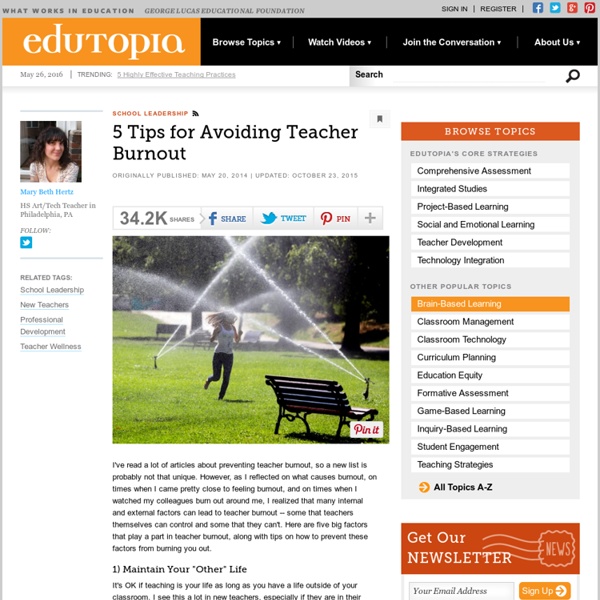5 Tips for Avoiding Teacher Burnout

Risk implications of kids going mobile: Research
Even back in 2010, the EU Kids Online researchers in 25 countries noted that “the ways through and the locations from which children go online are diversifying, and this trend is continuing.” It has indeed continued. Increasingly obvious to parents, the mobile platform enables “ubiquitous internetting,” as Dutch researchers put it way back in 2006). At the same time, mobile represents the most personal, private way of accessing the Net and the least evolved provisions for kids’ safety, EU Kids Online’s Prof. Sonia Livingstone pointed out at the ICT Coalition gathering in Brussels last week. At that all-day gathering of people representing Internet companies, the European Commission and youth advocacy organizations, Livingstone gave a summary of findings from EU Kids Online’s latest project, “Net Children Go Mobile,” based on face-to-face interviews in the homes of 1,000 young people aged 9-16 in five countries: Denmark, Ireland, Italy, Romania and the United Kingdom. Related links
What is Open Education/Free for Education-
'Open Education' is an international movement about making educational resources freely and openly available for educators and students to use, modify and share for teaching and learning. This movement is quite popular in America, the UK and South Africa and is slowly expanding in Australia. For more information on the 'open education' movement, see the Cape Town Open Education Declaration. 'Free for education' is part of the 'open education' movement, but is not as broad. 'Free for education' resources allow educators and students to freely copy and use resources for educational purposes, but do not permit the resources to be modified and shared. Many Australian institutions which produce resources for the education sector specifically select to permit the free use and copying of their material for educational purposes. A website will be 'free for education' if its terms and conditions or copyright statement permit copying for any of the following uses:
Take control of your teaching by embracing research
Teachers don’t engage enough with research. They don’t understand enough about research. And they don’t do enough research themselves. These are the conclusions of a group of educators championing the latest trend in education: school-based research. On Saturday, many of the key figures in the movement will come together in one place at TES columnist Tom Bennett’s researchED conference in London. “Teachers are frequently research illiterate, and who can blame them? Quite how teachers become more savvy about the studies that dictate how they teach, and how they generate some studies of their own, is a matter of much debate. “School-based educational research poses some of the most fundamental questions that can be asked of a teacher: how do we know that what we are teaching is actually having a beneficial effect on our students? He offers ten steps for school leaders to follow in order to provide the best environment for these questions to be answered.
Related:
Related:



